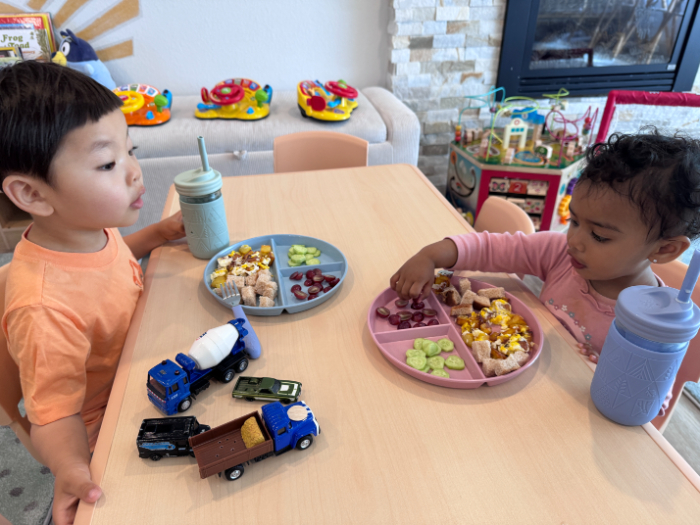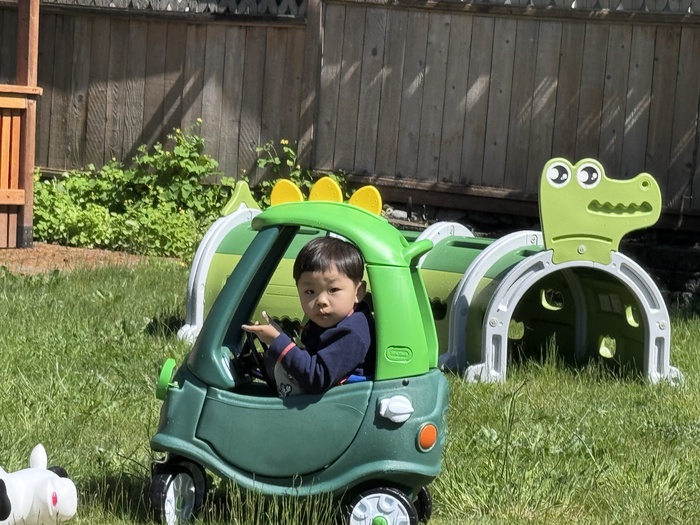Cultural sensitivity in daycare and home daycare settings helps infants and toddlers embrace diversity from an early age. By incorporating bilingual lullabies and family traditions, caregivers can create inclusive environments that foster respect and curiosity. This guide explores actionable ways to promote cultural sensitivity in childcare, ensuring every child feels valued. For expert strategies, read on.
Why Cultural Sensitivity Matters in Early Childhood Care
Cultural sensitivity in infant care and toddler activities lays the groundwork for a more inclusive society. Early exposure to diverse cultures helps children develop empathy and adaptability, critical skills in a globalized world.
Building a Foundation for Lifelong Respect
Introducing infants to diverse sounds, like bilingual lullabies, or toddlers to multicultural stories fosters curiosity and respect. Research from the National Association for the Education of Young Children (NAEYC) shows that children as young as six months can recognize cultural cues, making early childcare a critical period for shaping attitudes.
Benefits for Children and Caregivers
Multicultural care enhances cognitive development by exposing children to varied languages and traditions. For caregivers, embracing cultural sensitivity childcare builds trust with families and strengthens community ties, especially in diverse areas like Bothell.
Understanding Cultural Diversity in Infant and Toddler Care
Cultural diversity in childcare goes beyond acknowledging differences—it’s about actively celebrating them. This section defines cultural sensitivity and its role in daycare settings.
Defining Cultural Sensitivity in Childcare
Cultural sensitivity means respecting and integrating the values, languages, and traditions of each child’s family into daily care. For example, a daycare might use multicultural books or songs to reflect the backgrounds of its children.
Recognizing Diverse Family Backgrounds
Every family brings unique traditions, from dietary preferences to holiday celebrations. Caregivers in child care Bothell settings should learn about these differences through open communication to ensure inclusivity.

Practical Ways to Incorporate Cultural Sensitivity
Caregivers can weave cultural diversity into daily routines through music, traditions, and activities, creating a welcoming environment for infants and toddlers.
Using Bilingual Lullabies and Songs
Bilingual lullabies, like “Duérmete Mi Niño” (Spanish) or “Lǎo Shǔ Ài Dà Mǐ” (Mandarin), introduce infants to new languages and cultures. Singing these in daycare soothes children while promoting early linguistic diversity. Caregivers can source lullabies from parents or online resources like Smithsonian Folkways.
Integrating Family Traditions
Involve families by inviting them to share traditions, such as storytelling or simple rituals like a Japanese tea ceremony demonstration. For example, a daycare might host a “Family Culture Day” where parents share a song or craft, fostering inclusion.
Creating Inclusive Activities for Toddlers
Toddlers thrive on hands-on activities. Try multicultural art projects, like making Diwali lanterns or African kente cloth patterns, to engage them. These activities teach cultural appreciation while developing fine motor skills.
Adapting Cultural Sensitivity for Preschoolers
As children grow, cultural activities can evolve to match their developmental stage, ensuring continued engagement with diversity.
Transitioning to Preschooler Activities
Preschoolers can handle more complex tasks, like creating a “culture map” where they draw symbols of their family’s heritage. These activities build on toddler cultural activities while encouraging creativity.
Encouraging Peer-to-Peer Cultural Sharing
Organize show-and-tell sessions where preschoolers share a cultural item, like a traditional toy or recipe. This promotes inclusion and helps children articulate their identities in a supportive daycare environment.

Best Practices for Caregivers and Daycare Providers
Caregivers play a pivotal role in modeling cultural sensitivity. These best practices ensure daycare and home daycare settings are inclusive.
Training Staff for Cultural Competence
Offer regular workshops on cultural sensitivity childcare, focusing on topics like unconscious bias or diverse parenting styles. Resources like Zero to Three provide free training materials for early childhood diversity.
Communicating with Families
Build trust by asking parents about their cultural preferences during intake meetings. For example, inquire about preferred lullabies or dietary needs to personalize care.
Creating an Inclusive Environment
Decorate daycare spaces with multicultural books, flags, or posters reflecting diverse cultures. Ensure toys and activities, like dolls of various skin tones, represent all children.
Challenges and Solutions in Multicultural Care
Implementing multicultural care can present challenges, but proactive solutions ensure success.
Overcoming Language Barriers
Use visual aids, like picture schedules, or translation apps to communicate with non-English-speaking families. Pairing children with bilingual peers can also ease interactions.
Addressing Cultural Misunderstandings
Misunderstandings, like differing views on discipline, can arise. Address them by fostering open dialogue with families and training staff to approach conflicts with empathy.
Conclusion
Cultural sensitivity in infant and toddler care creates inclusive environments where every child thrives. By using bilingual lullabies, family traditions, and inclusive activities, caregivers can foster respect and curiosity. Kidoheaven.com, a trusted provider of daycare and home daycare in Bothell, is committed to multicultural care that celebrates diversity. Visit https://kidoheaven.com/ to explore our inclusive childcare programs.
About Kidoheaven
At Kidoheaven, we provide exceptional daycare and child care in Bothell, specializing in inclusive environments for infants, toddlers, and preschoolers. Our trained caregivers create sensory-friendly spaces, implement individualized care plans, and partner with families to support children with special needs. Discover how we foster growth and inclusion at kidoheaven.com.
Why KidoHeaven Stands Out
✅ Licensed in Washington State
✅ Aligned with Early Achievers standards
✅ Working Connections subsidy accepted
✅ Daily updates via Brightwheel
✅ Located in Bothell, serving Mill Creek, Lynnwood & nearby areas
✅ Nutritious snacks, safe outdoor space, & positive mealtime routines
📞 Call 206-734-2040 to schedule a tour
🌐 Enroll now
Follow Our Mealtime Moments
Stay updated with more beautiful outdoor meals and daily learning routines on:
Instagram | Facebook | Nextdoor | Yelp | Winnie | YouTube | Upwards
FAQ
1. How can I introduce bilingual lullabies in daycare?
Start with simple songs from parents’ cultures and use recordings for accurate pronunciation. Practice during nap times to soothe infants.
2. What are age-appropriate multicultural activities for toddlers?
Try crafts like making Chinese paper lanterns or tasting culturally diverse snacks, supervised for safety.
3. How do I train staff for cultural sensitivity in child care?
Use online courses from NAEYC or local workshops to teach cultural competence and bias awareness.
4. How can parents contribute to cultural inclusion in daycare?
Parents can share stories, songs, or traditions during family events, enriching the daycare’s cultural landscape.
5. Why is early childhood diversity important?
It fosters empathy, reduces prejudice, and prepares children for a diverse world, starting in infancy.


